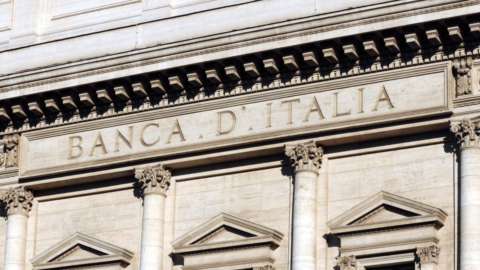The pandemic has caused the worst decline in private incomes in the last twenty yearsbut at the same time it did soar savings. It detects it Bank of Italy in a study entitled "Economic and financial accounts during the Covid-19 health crisis". The analysis shows that, in the first half of 2020, the per capita primary incomes at current values of Italian families decreased by 8,8% on an annual basis, a much larger contraction than those recorded in the most acute phases of the crisis financial crisis in 2008-2009 (-5,2%) and that of sovereign debt in 2011-12 (-3,4%).
In detail, compensation of employees fell by 8,7% due to the drop in unit incomes (-7%) and employment (-1,7%), while income from work and the profits of producer families decreased by 7,4%. Lastly, other income fell by 13%.
All this has produced a devastating effect on consumption. Despite strong public support for household spending capacity, in fact, Bank of Italy notes that the drop in purchases in the first half of last year was 9,8%.
In parallel, a net saving of 51,6 billion was generated, which he did soar the savings rate, which rose to 9,2% from 2,8% recorded at the end of 2019. This dynamic is the opposite of what happened during the two previous crises.
Particularly significant the trend of working capital and deposits, which increased respectively by 11,3 and 35,4 billion in the six months, the largest changes since the launch of the single currency in the first case and since 2012 in the second.
Also, during the pandemic Italian families have returned to buying government bonds. After more than a year of divestments in public securities (-23,6 billion in 2019), in the first half of 2020 households bought bonds and BTPs for 5,1 billion (while sales of other securities were recorded for 11,6 billion ). Purchases were concentrated in the second quarter, when households absorbed bonds worth 9,9 billion, equal to around 9% of net issues, more than offsetting the sales of 4,8 billion recorded in the first quarter.
Finally, again in the first half of 2020, Italian banks bought government bonds for almost 60 billion, essentially committing in full the higher liabilities (4,7% compared to June 2019) deriving from the collection of deposits (6,5%) above all from households and non-financial companies. The stock of Italian government bonds in the portfolio thus reached 11% of the total financial assets of the banking system. Also in this case, it is the highest value of the last twenty years.





